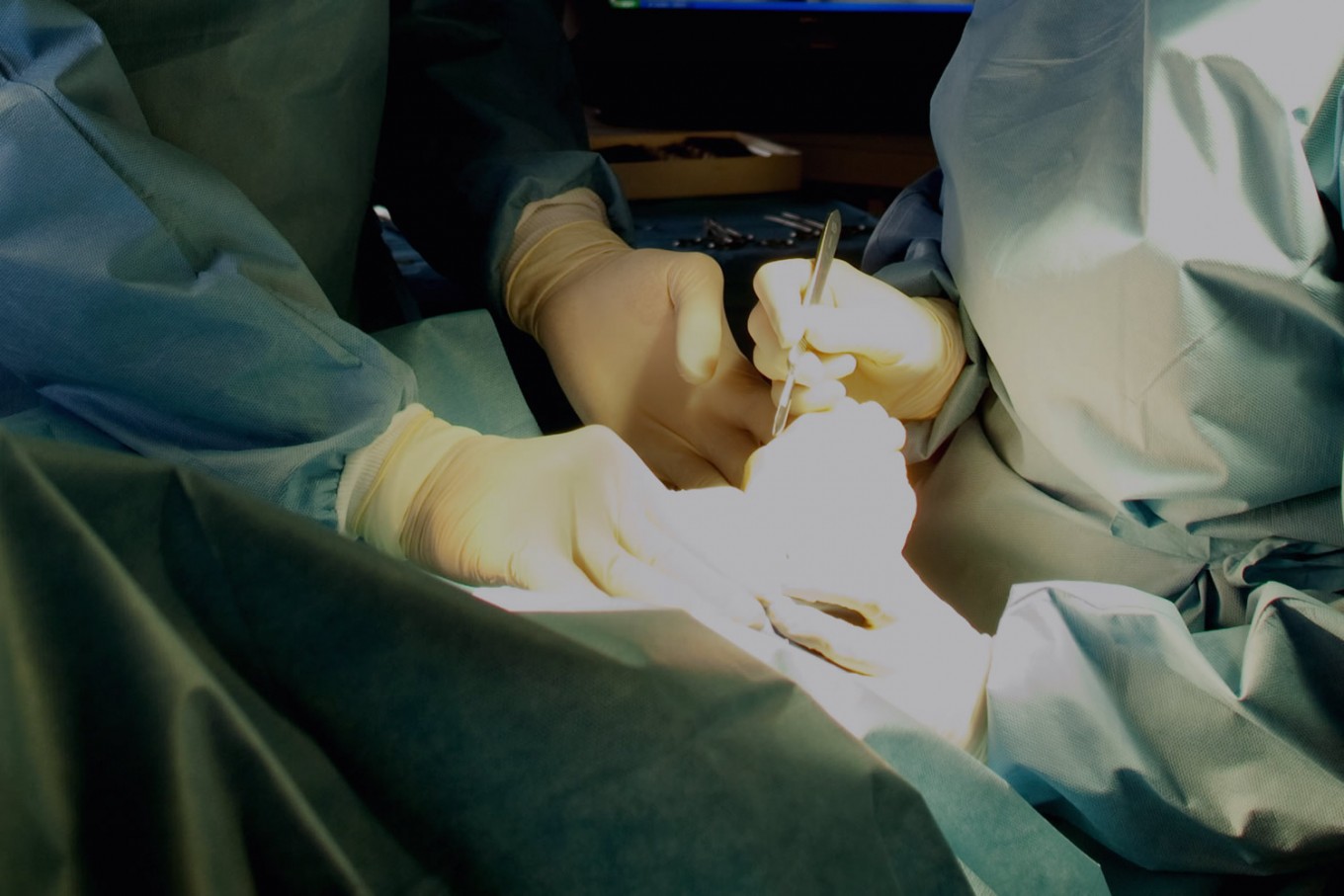Most people think of ice when they think of the dangers of winter. While our office receives emergency calls due to slips and falls from the ice all winter long, we see even more foot problems that become symptomatic from walking on snow!
While walking the uneven surface of snow laden sidewalks, drives and alleys, many existing problems worsen. Many people feel that they are more protected wearing snow boots but in reality snow boots give a false sense of security because most snow boots don’t provide any ankle stability. And the continued fashion of Uggs and similar boots cause people with all foot types to have problems in the winter!
If you find yourself feeling unstable while walking on the uneven snowy surfaces or have pain on the outside of the foot just below the ankle bone, you may be experiencing an inflammatory problem called Sinus Tarsi Syndrome (STS). STS is very common in people with more flexible feet and is often misdiagnosed as an ankle sprain. If you have fallen or sprained an ankle and the emergency room treatment or that provided by your primary doctor doesn’t seem to help, it is very possible you have STS. STS can be caused by an injury but just as frequently can be caused by a foot that has excessive motion. Flexible flat feet are feet that lose their arch height when you bear weigh. STS is probably one of the most common misdiagnosed causes of pain to the foot or ankle because the joint involved, the sinus tarsi, is very close to the ankle and it is often confused by a doctor who does not specialize in the foot and ankle.
To diagnose STS, the joint is isolated and injected with local anesthesia to confirm that at the pain is coming fro that joint. Since treatment for STS consists of injections of cortisone into the sinus tarsi, it is added to the initial diagnostic injection. STS, in its early form, is an inflammatory problem and responds quite well to one or a few of cortisone shots. Treatment also consists of controlling the flexible foot type and the excess motion by using custom orthotics or the placement of a stent within the sinus tarsi to block the excessive motion.
However, as time goes on and the problem is ignored, the tissue within the joint becomes thickened and almost like scar tissue and may not respond as well to the injections. If the injections fail to help, we will often order an MRI to confirm the diagnosis and to evaluate the tissue within the joint. Surgery, either arthroscopic cleaning of the joint or opening the joint to clean out the thickened tissue. The surgery is not very invasive and allows return to work and activities quickly.
Like many foot problems, the key is to treating the problem early before the problem becomes chronic. Remember – foot pain is never normal!!

